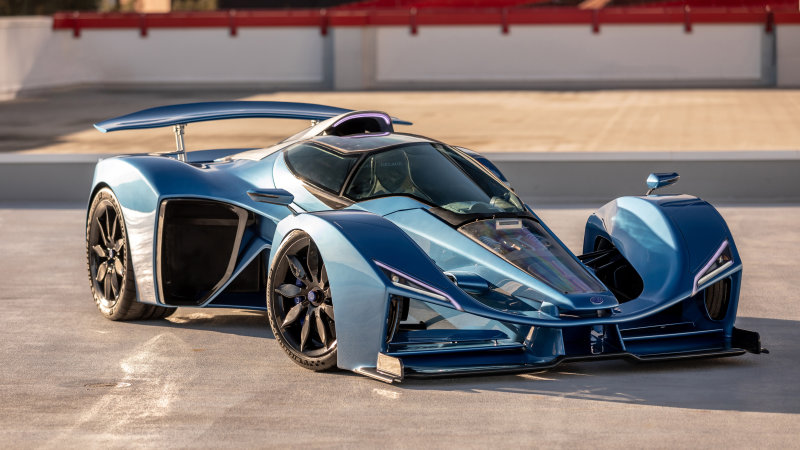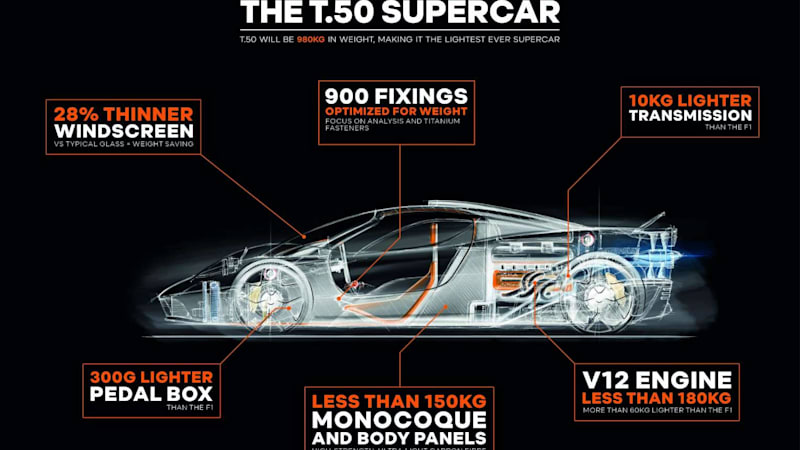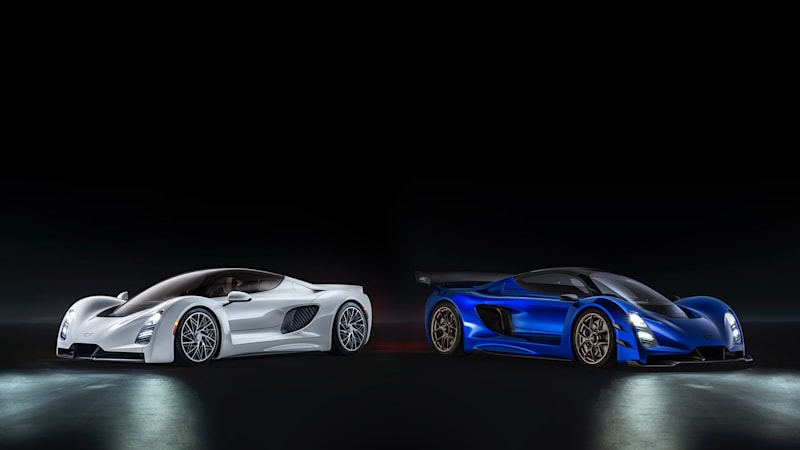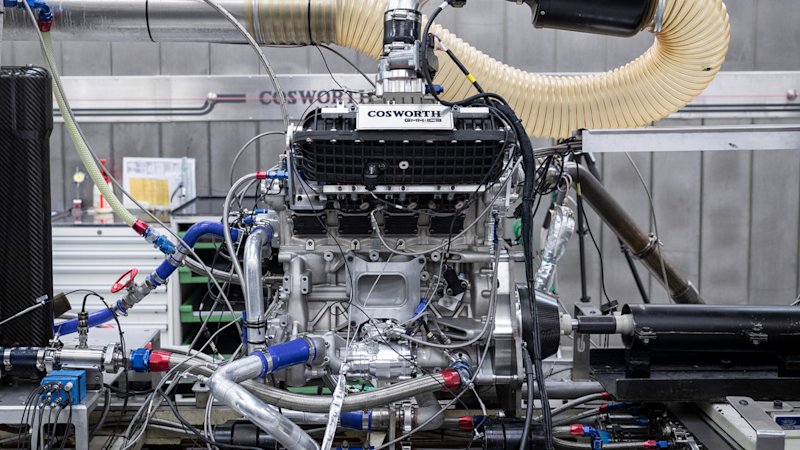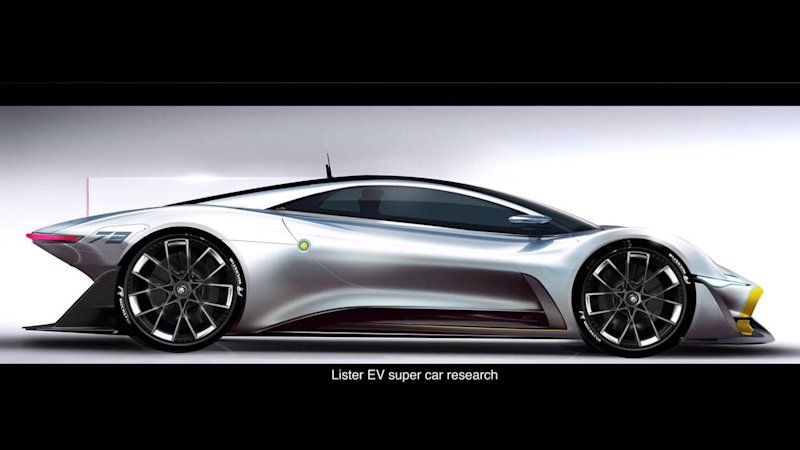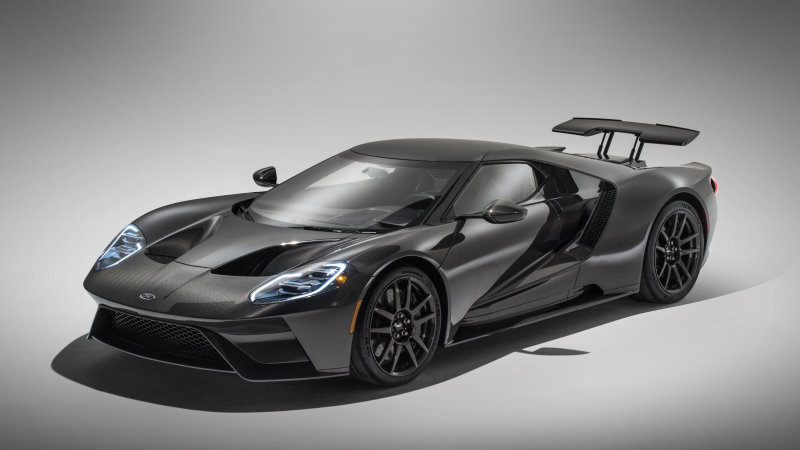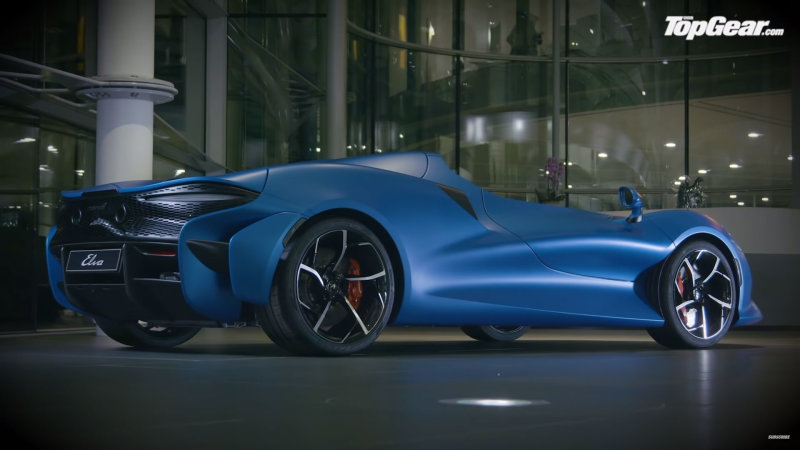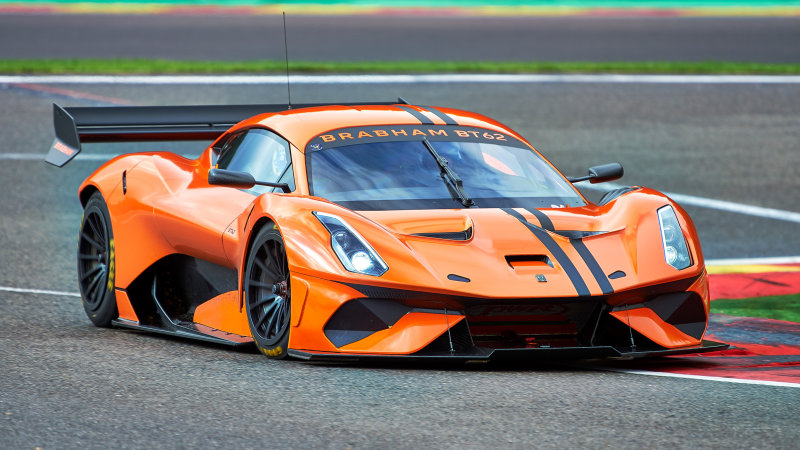Just when you thought the Ford GT was yesterday’s news, Ford hits us with an unexpected shot of supercar. With a few years of production remaining (scheduled to finish in 2022), Ford has decided to make the last half of its run of GTs a hair better than the first half. Call it a mid-cycle refresh, but for a half-million dollar supercar.
Instead of 647 horsepower from the 3.5-liter twin-turbo V6, all 2020 GTs will produce 660 horsepower. That 13 horsepower increase comes thanks to a few changes, according to Ford. Mechanical upgrades include new gallery-cooled pistons and higher energy ignition coils. This is then combined with a new engine calibration, ultimately resulting in a broader torque band — though Ford hasn’t told us what the exact difference is yet. Ford mentions that lessons learned from the track-only GT Mk II helped this upgrade along.
Cooling to the engine is greatly improved, as Ford designed new buttress air ducts that increase airflow by 50 percent. The intercoolers are also slightly larger than before, a boon for extreme track use. Speaking of the track, Ford says it also increased the suspension stiffness in “Track” mode for even greater on-track performance. It was probably stiff enough before, but maybe you’ll be able to pick up a tenth of a second somewhere in the lap. Everybody will be able to hear you a little better on track in the new car, too, because Ford is making the optional Akropovic titanium exhaust standard equipment for 2020. It was a $10,000 option before.
Lastly, Ford is introducing a couple new looks for the 2020 GT. The first is called Liquid Carbon, and it’s pictured at the top of this page. If you like carbon fiber, this is the GT for you. Ford eliminated the paint! Well, not all of it. There’s still a special clear coat sprayed onto the full carbon fiber body — we’ve asked Ford what kind of weight savings there are with the elimination of the paint, but it wasn’t able to provide a figure. You can bring a little color to the party in the form of optional stripes and painted mirror caps. These will be available in any of the colors offered on the regular GT. The carbon fiber wheels will be standard with this car (duh), and you can still pick an optional brake caliper color.


